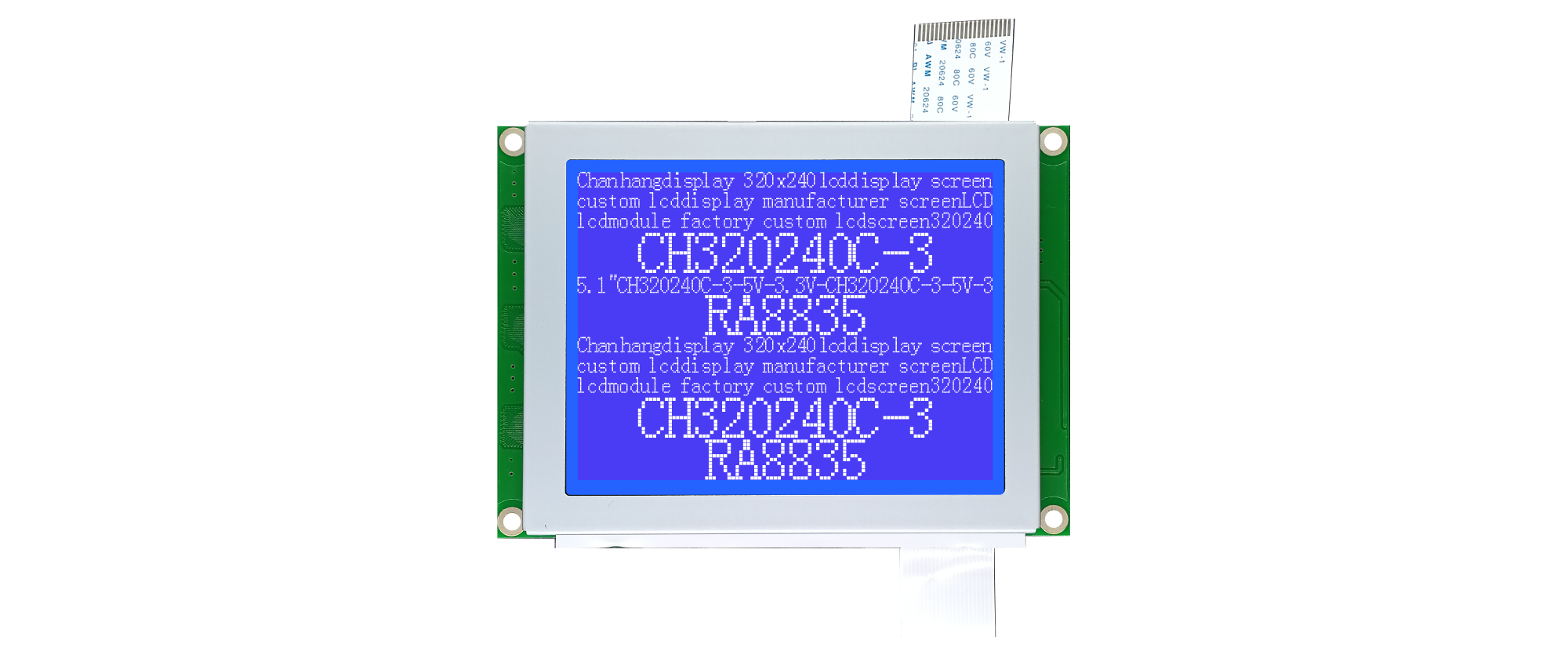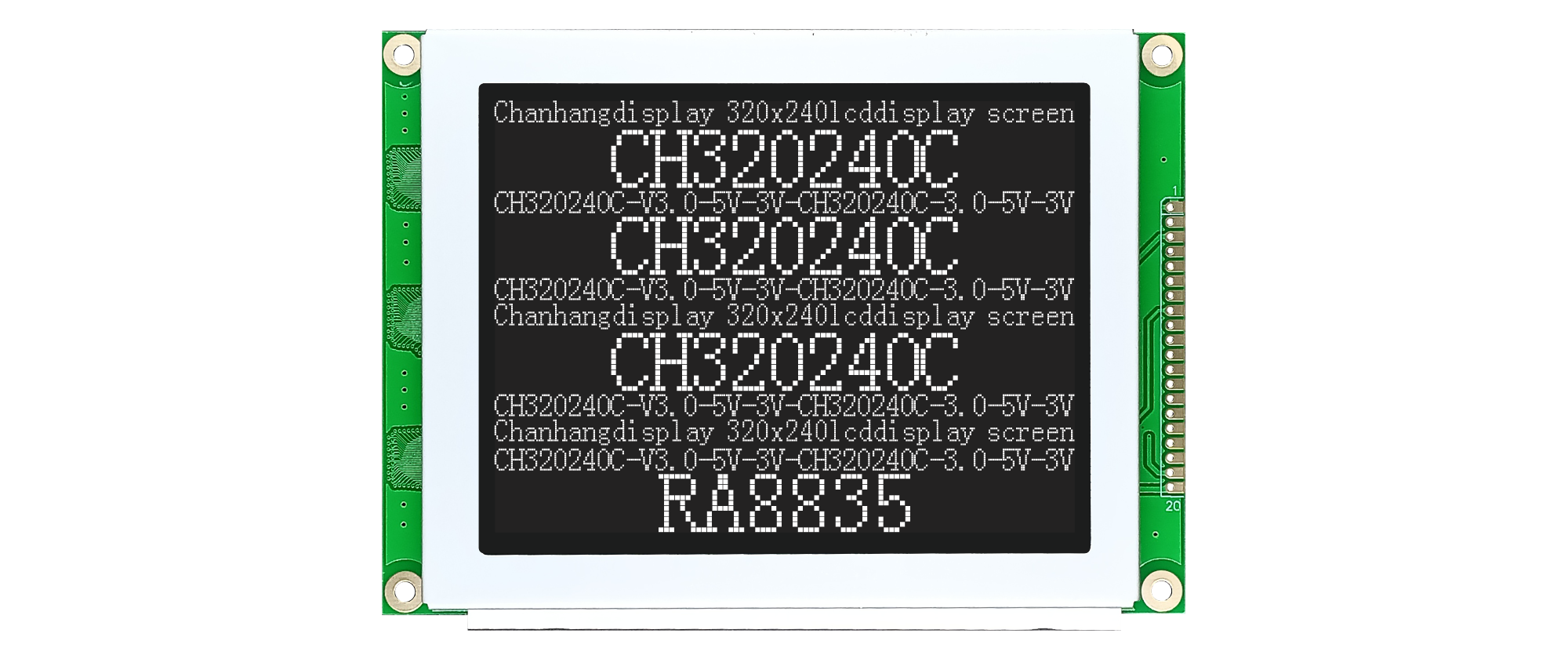In our increasingly digital world, the humble LCD module is the unsung hero. It’s the vital component that gives a device its face, enabling interaction between human and machine. From your smartphone and car dashboard to the medical monitor in a hospital and the industrial panel on a factory floor, these displays are everywhere. But have you ever wondered where and how these intricate components are born? The answer lies within a highly specialized and fascinating environment: the LCD module factory.
This article takes you on a journey inside a modern LCD module factory, exploring its core functions, the technology it employs, and what you should know when sourcing these critical components. We'll also address common challenges and questions that arise in this field.

At its heart, an LCD module factory is not the same as an LCD glass fabrication plant (fab). The latter creates the raw liquid crystal display panels through a complex, capital-intensive photolithography process. A module factory, however, takes these raw panels and transforms them into functional units ready for integration into end products.
Think of it like this: the fab produces the "brain" (the LC cell), and the LCD module factory provides the "nervous system" and "body." It attaches the driver ICs (Integrated Circuits), connects the printed circuit board (PCB), integrates the backlight unit (BLU), and assembles the touch panel if required. The final output is a complete, tested LCD module that a product engineer can simply plug into their device. Specialized manufacturers like Chuanhang Display excel in this precise and value-added assembly process.
A modern LCD module factory is a marvel of automation and precision engineering. The process typically follows these key steps:
COG (Chip-on-Glass): This is a crucial step where the driver ICs are directly bonded onto the glass substrate of the LCD panel using an anisotropic conductive film (ACF). This allows for a much smaller and more reliable connection than older wire-bonding methods.
PCB Bonding: The flexible printed circuit (FPC) or tape carrier package (TCP) connecting the glass to the main PCB is attached. This PCB hosts the controller and power management circuits.
Backlight Unit Integration: The LCD panel itself does not emit light. A backlight unit, comprised of LEDs, light guides, and optical films (diffusers, brightness enhancement films), is carefully assembled behind the panel to provide uniform illumination.
Assembly and Framing: The stack of glass, PCBs, and backlight is secured within a metal or plastic frame. This provides structural rigidity, protects the delicate components from physical damage, and offers standard mounting points for the end customer.
Testing and Quality Control: This is perhaps the most critical phase. Every module undergoes rigorous testing for visual defects (dead pixels, Mura spots), functionality (touch response, if applicable), brightness uniformity, and electrical performance.
You cannot overstate the role of Quality Control (QC). A single defective pixel or a flickering backlight can render an entire end-product unusable in the eyes of the consumer. A reputable LCD module factory invests heavily in both automated and human-led inspection systems.
Automated optical inspection (AOI) machines use high-resolution cameras to scan for microscopic defects at high speed. Additionally, trained technicians perform sample-based and often 100% visual inspections under controlled lighting conditions. Electrical testing ensures the module operates within its specified parameters for voltage, current, and signal integrity. A commitment to a robust QC system, like the one implemented at Chuanhang Display, is what separates a reliable supplier from a mediocre one, ensuring long-term product reliability and customer satisfaction.
While many factories offer standard off-the-shelf modules, the real value of a top-tier LCD module factory often lies in its customization capabilities. Most end-products have unique form factors, performance requirements, and environmental challenges.
A strong manufacturing partner will offer:
Custom LCD Sizes and Resolutions: Tailoring the glass to a specific shape and pixel density.
Specialized Backlight Solutions: Adjusting brightness (nits) for sunlight readability, modifying the color temperature, or creating ruggedized backlights for extreme temperatures.
Touch Panel Integration: Offering solutions like resistive, capacitive (PCAP), or optical bonding for enhanced readability and durability.
Interface Compatibility: Designing the module to work with specific interfaces (LVDS, MIPI, RGB, etc.) to match the customer's mainboard.
Software and Driver Support: Providing technical support for initializing the display and integrating it with the customer's software.
This level of collaboration turns the LCD module factory from a simple parts supplier into a vital engineering partner.

Engaging with an LCD module factory can present several questions and potential challenges. Being aware of them is key to a successful partnership.
1. What are the most common defects found in LCD modules?
Dead/Stuck Pixels: Pixels that are permanently off (dark) or permanently on (bright).
Mura (Clouding): A non-uniformity in brightness that appears as patches or clouds on the screen, often visible against a solid color background.
Backlight Bleeding: Light leaking from the edges of the screen, causing uneven illumination, particularly noticeable in dark environments.
Flickering: A rapid, often subtle, oscillation in brightness, usually caused by power supply or driver IC issues.
Touch Panel Malfunctions: Unresponsive areas, ghost touches, or interference, common in capacitive touch screens.
2. How do I ensure the factory can meet my quality standards?
Always request a detailed Quality Control sheet and their defect acceptance criteria (e.g., pixel policy). Ask for samples and test them rigorously in your own environment. If possible, conduct an audit of the LCD module factory to see their processes firsthand.
3. What is the typical lead time for custom modules?
Lead times can vary significantly. For standard modules, it might be 4-6 weeks. For a fully custom design involving new glass, the process from design to mass production can take 12-16 weeks or more, as it involves creating and validating new photomasks at the glass fab level.
4. How important is the choice of a factory for long-term product life?
Extremely important. A dependable factory like Chuanhang Display will provide clear communication on component longevity and end-of-life (EOL) notifications. They manage the supply chain to avoid sudden component obsolescence, which is critical for products with long lifecycles, such as those in medical, industrial, or automotive fields.
5. Can the factory support low-volume, high-mix production?
This is a key differentiator. Many large fabs only want multi-million unit orders. Specialized module factories often cater to small and medium-sized businesses, offering flexibility for lower volume orders and a wider mix of different products, which is ideal for prototyping and mid-scale production runs.
Choosing an LCD module factory is a strategic decision that impacts your product's cost, performance, reliability, and time-to-market. It’s not just about finding the lowest price; it’s about finding a capable and communicative partner with a proven track record of quality.
Look for a factory that demonstrates strong engineering support, transparent quality control processes, and a willingness to collaborate on solving your unique challenges. Whether you are a startup creating a new gadget or a large corporation sourcing displays for a critical medical device, a partnership with a proficient manufacturer like Chuanhang Display can provide the technological foundation and peace of mind needed for a successful product launch. By understanding what happens inside these factories and the right questions to ask, you can make an informed choice that ensures your vision is displayed perfectly.